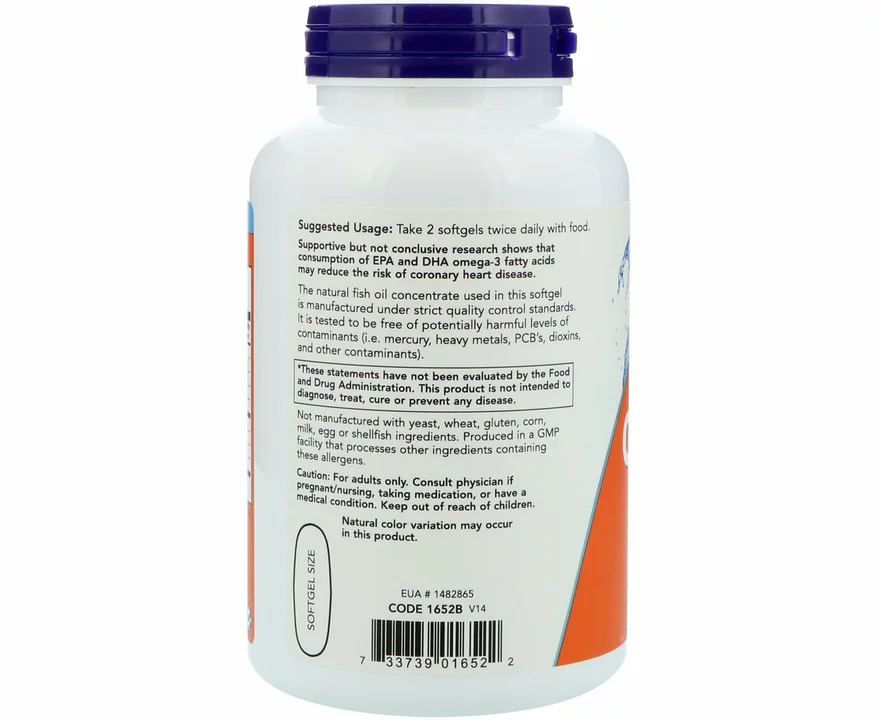Xylitol: Uses, Benefits & Safety
Want a sweetener that helps your teeth? Xylitol is a sugar alcohol used as a sugar substitute. It tastes like sugar, has fewer calories, and doesn’t feed the cavity-causing bacteria in your mouth. People use it in gum, mints, toothpaste, and some medical sprays. Here’s a practical, no-nonsense guide to when xylitol helps—and when it can harm.
How people use xylitol
Most common use: chewing gum. Chewing xylitol gum after meals cuts acid and lowers cavity-causing bacteria because the sweetener doesn’t ferment like sugar. Clinical trials and dental reviews show regular xylitol use reduces tooth decay risk when used daily as part of oral care.
Other forms include lozenges, mints, toothpaste, and nasal sprays. Some parents use xylitol wipes or syrup in studies that looked at middle-ear infection risk in kids. Nasal sprays with xylitol can feel soothing for congestion and may reduce bacterial growth in the nose, but products vary—read labels.
For cooking and baking, xylitol works as a 1:1 sugar substitute in many recipes, though it doesn’t brown like sugar and can affect texture. It’s popular for people watching calories or blood sugar because it has lower glycemic impact than table sugar.
Safety, doses, and warnings
Dose matters. Dental studies often use about 6–10 grams of xylitol per day, split into several pieces of gum or mints. That’s enough to get dental benefits for most adults. Taking large amounts—especially suddenly—can cause stomach upset, gas, or diarrhea. Adults usually tolerate moderate amounts well, but start slow.
If you have diabetes, xylitol has a lower effect on blood sugar than sugar, but it still has calories. Check with your doctor or dietitian before swapping large amounts into your meal plan.
Crucial warning: xylitol is extremely toxic to dogs. Even small amounts in peanut butter, gum, or baked goods can cause rapid low blood sugar and liver damage in dogs. Keep all xylitol-containing products out of pets’ reach and call a vet immediately if ingestion is suspected.
Pregnant or breastfeeding? There’s limited data. Most experts say occasional dietary use is safe, but if you plan regular high intake, ask your healthcare provider.
Practical tips: read ingredient lists ("sugar-free" often uses xylitol), avoid giving gum to young children (choking risk), and store xylitol products away from pets. If you want dental benefit, chew xylitol gum after meals or use toothpaste with xylitol rather than relying on sweet foods alone.
If you’re thinking of switching to xylitol every day or using it for a child, talk with your dentist or doctor for tailored advice. Small change, smart use—xylitol can be a useful tool when you know how to use it safely.

